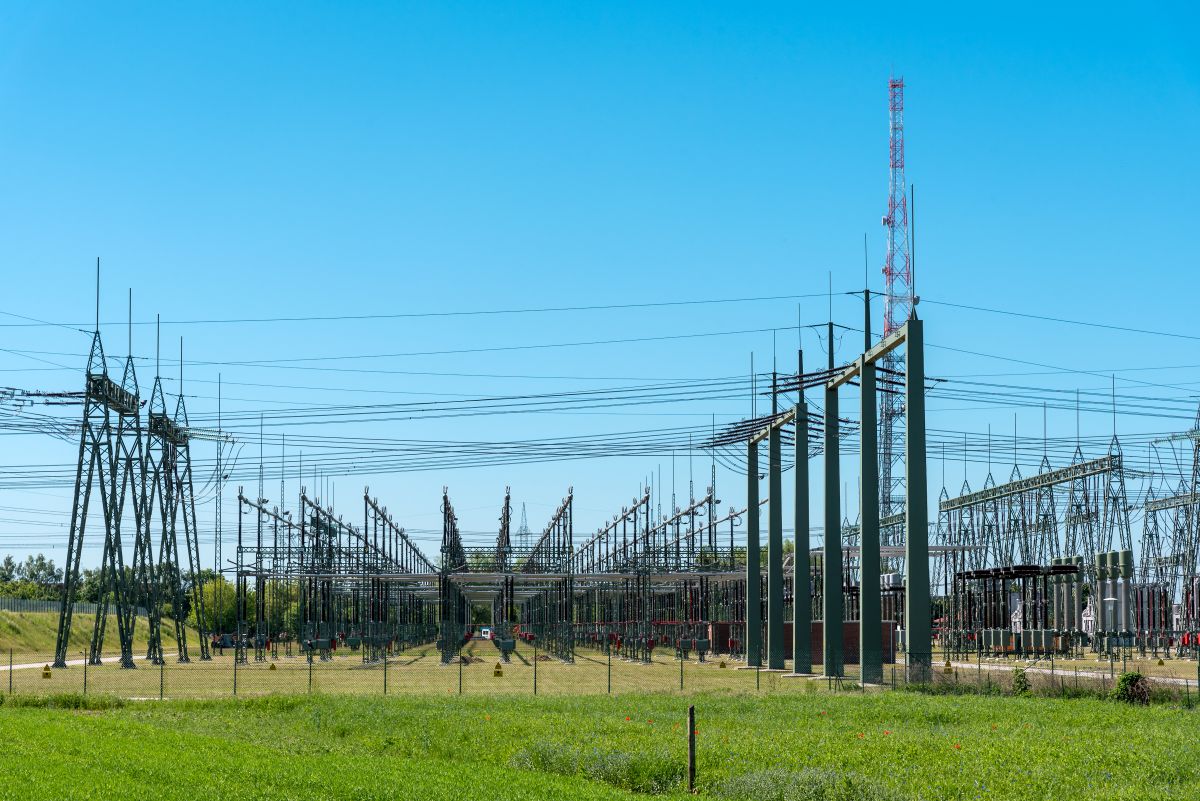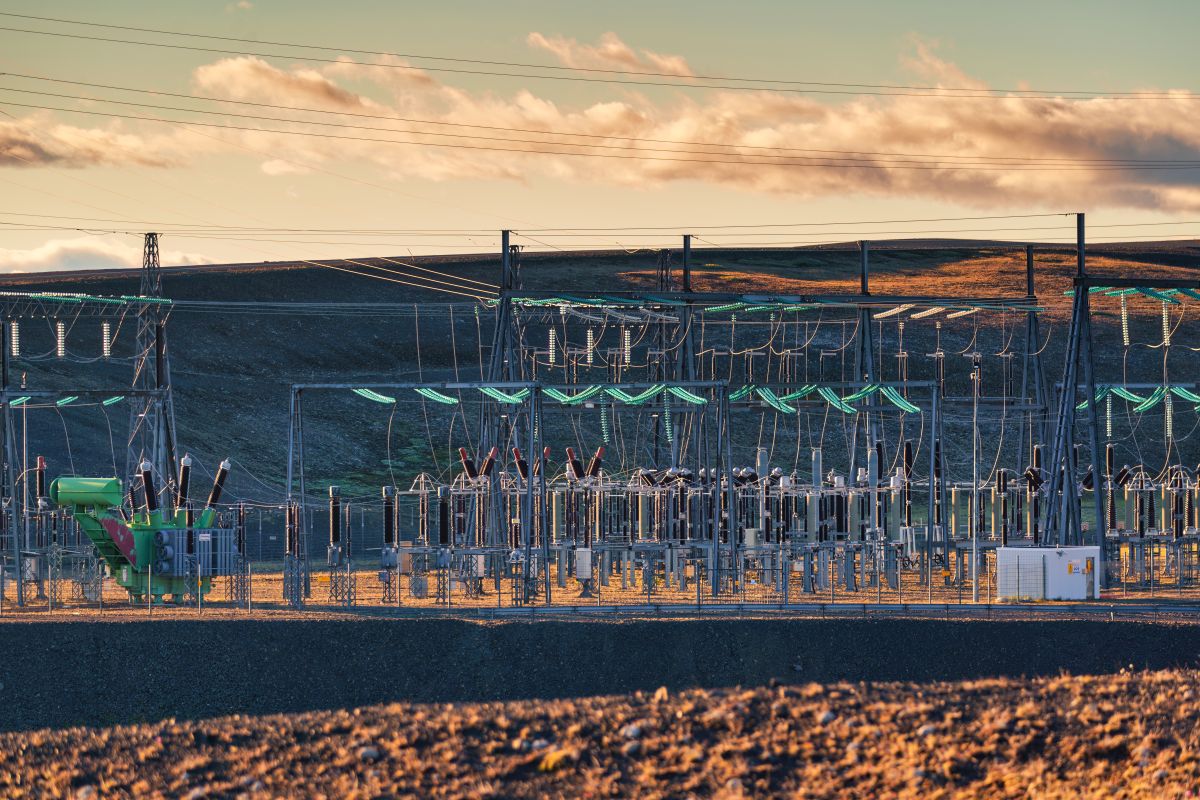The introduction of Internet of Things (IoT) in the energy infrastructure has opened up new levels of real-time monitoring, predictive maintenance, and operational efficiency. Smart transformers measure temperature and load continuously; Distributed Energy Resources (DERs) can respond to grid conditions by adjusting their output; and Advanced Metering Infrastructure (AMI) can give consumption data at a fine level. However, through this digital transformation, utilities are putting sensitive control systems and infrastructure, like SCADA networks and field devices, at risk of an ever-changing environment of not only cyber threats but also potential hackers.
Key Emerging Cyber Threats
1. Firmware Compromise
Attackers are also now focusing on device firmware, and as a result, implants they leave behind are increasingly persistent and cannot be addressed with existing antivirus endpoints. If attackers breach the internal system, they can alter the telemetry and even deliver unauthorized commands or disengage safety interlocks.
2. Supply-Chain Exploits
The third-party software modules and libraries can be corrupted through manufacturing or upgrade processes. A compromised update server may serve flawed code to thousands of field devices, compromising trust on a large scale.
3. IoT Botnets and DdoS
By taking control of IoT devices, they can be recruited into botnets that mount Distributed Denial of Service (DDoS) attacks against grid management portals, overwhelming them with bandwidth and making them unable to make decisions in real-time.
4. Protocol Manipulation
A large number of IoT communications are facilitated by lightweight protocols (e.g., MQTT, CoAP) and have minimal or optional encryption. In such attacks, the attackers will intercept or relay messages in order to spoof the sensor readings, to generate false alarms, or even to confuse malicious traffic under benign traffic data patterns.
Best Practices for Securing IoT-Enabled Energy Systems
Device Hardening and Authentication
- Implement different, rotating credentials or X.509 certificate-based authentication per endpoint.
- Unused interfaces and services must be disabled to reduce the attack surface.
Encrypted Communications
- Require that all IoT traffic, such as MQTT, Modbus-TLS, and HTTPS connections, be encrypted with TLS (or DTLS).
- Install VPN tunnels or secure gateways to legacy protocols that are not natively encrypted.
Robust Patch and Update Processes
- Implement a centralized vulnerability management program by creating an inventory of all your IoT resources, logging the firmware version, and keeping track of patch availability.
- Arrange with vendors the scheduled windows of maintenance to update without affecting operations.
Network Segmentation and Micro-Segmentation
- Segment the corporate IT networks, DMZ networks, and OTs with the aid of the firewall and the zero trust principle.
- Use Software-Defined Perimeters (SDPs) or micro-segmentation to mandate least privilege connections among the devices.
Continuous Monitoring and Anomaly Detection
- Install an Industrial Control System (ICS) enhanced Security Information and Event Management (SIEM) system consuming log data and traffic of OT devices.
- Use behavioral analytics to flag an anomaly in the device communication, command frequency, or process variables.
Incident Response and Tabletop Exercises
- Prepare and test an incident response or contingency plan that will regularly be tested regarding incidents related to IoT, e.g., tampering of firmware, botnets.
- Run cross-functional tabletop exercises among the IT, OT, legal, and executive teams to confirm roles and communications and escalation channels.

Regulatory and Compliance Considerations
Energy providers must align cybersecurity programs with established frameworks to demonstrate due diligence and meet audit requirements.
- NERC CIP (Critical Infrastructure Protection): Establishes required standards of Bulk Electric System (BES) security, such as the identification of assets, configuration management, and incident reporting.
- IEC 62443: An international standard that provides technical and organizational standards for securing industrial automation and control systems.
- NIST SP 800-82: Brings forth the recommendations to secure ICS/SCADA environments, including tips on segmentation, monitoring, and secure communications.
The setting of internal controls against these frameworks will help not only improve the security positions but also simplify regulatory reporting and audit preparations.
Conclusion
IoT technologies are bringing a revolution to the energy industry with efficiency, flexibility, and extra revenues. They, however, expose the grid to new cyber risks, which will in inturn endanger the reliability, safety, and compliance of the grid. The approaches to counter these threats are using multi-layered security, hardened devices, encrypted communications, aggressive patching, network segmentation, and general monitoring. The ability to implement cybersecurity into the life process of the IoT deployments and possible compliance with the industry standards enables the energy infrastructure to survive against the new adversaries. With the digital and operational realms coming together, proactive security is going to be the foundation of an upbeat grid that is reliable and ready to face the future.
What percentage surge in cyberattacks did U.S. utilities face in 2024?
How many of all global cyberattacks target the energy and utilities sector?
By what percentage did IoT malware attacks rise in 2024?
What proportion of energy organizations suffered a ransomware attack in the last year?
What is the average cost of a data breach in the energy sector?
Disclaimer: Any opinions expressed in this blog do not necessarily reflect the opinions of Certrec. This content is meant for informational purposes only.












